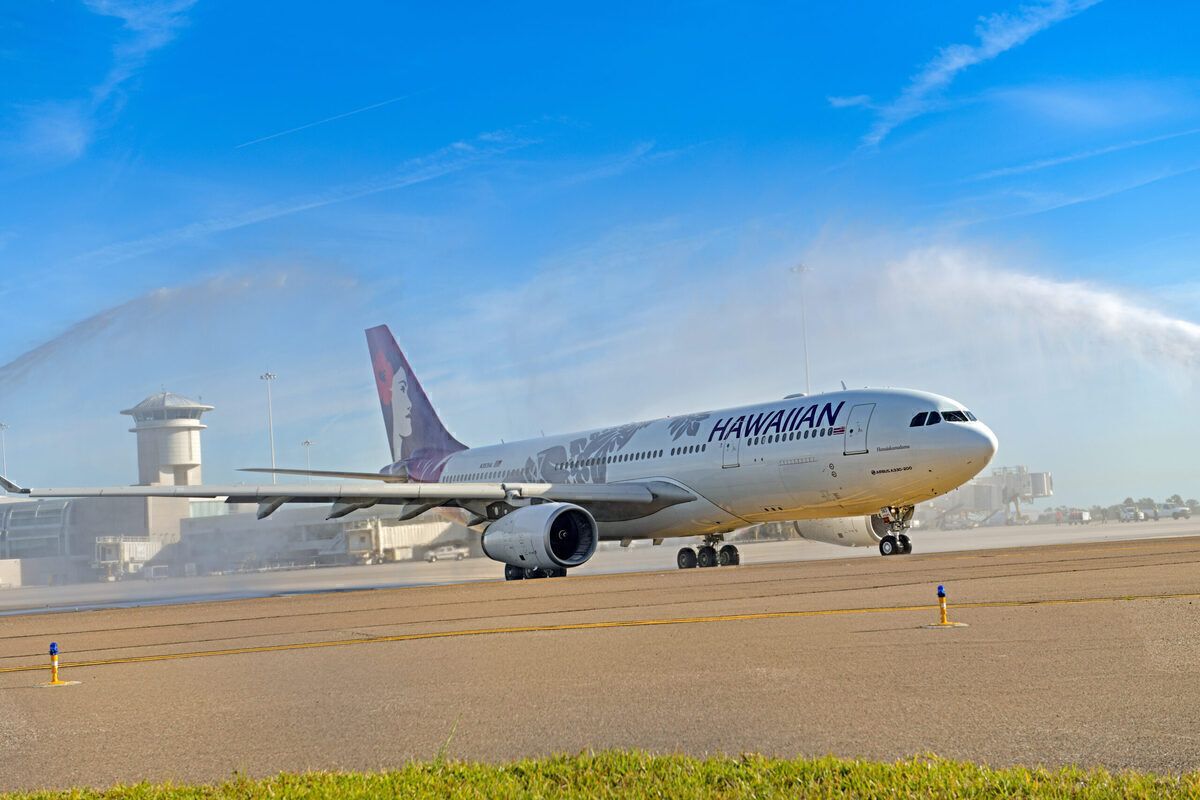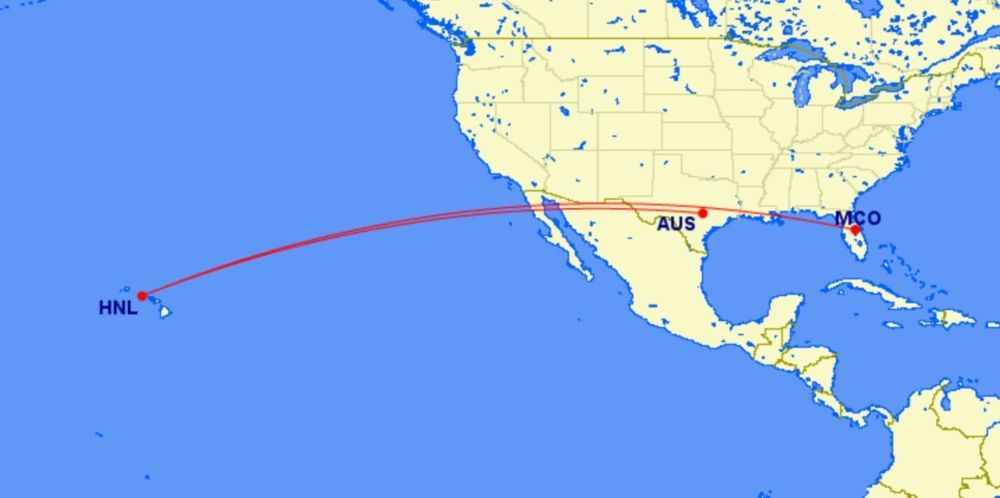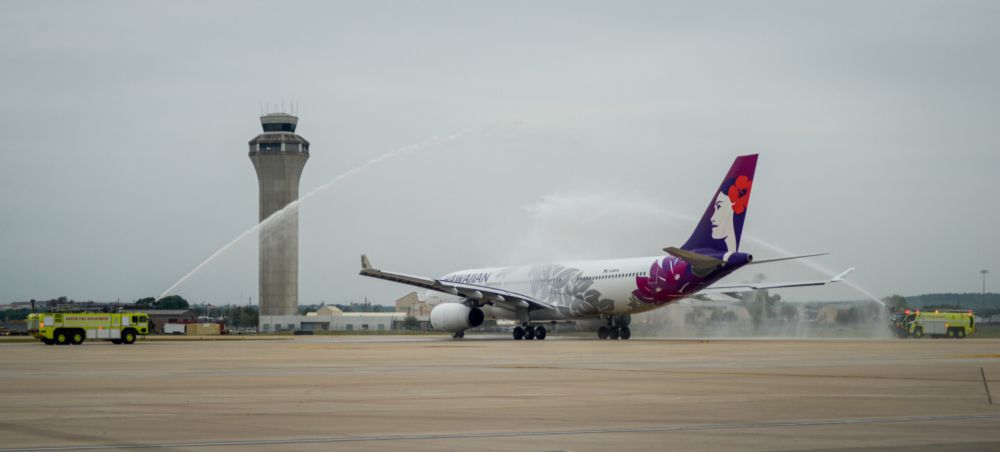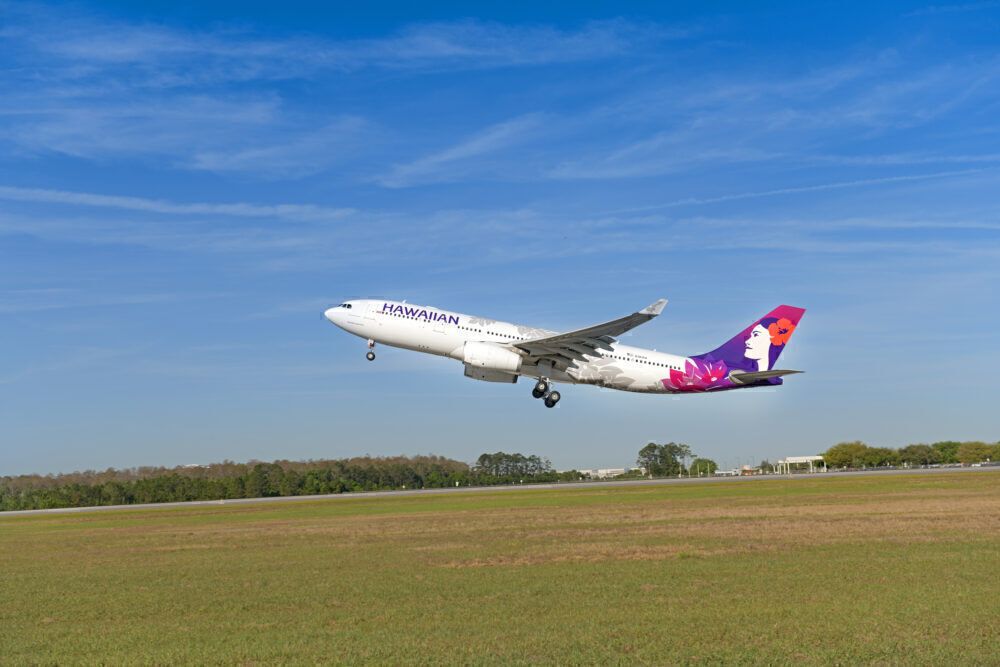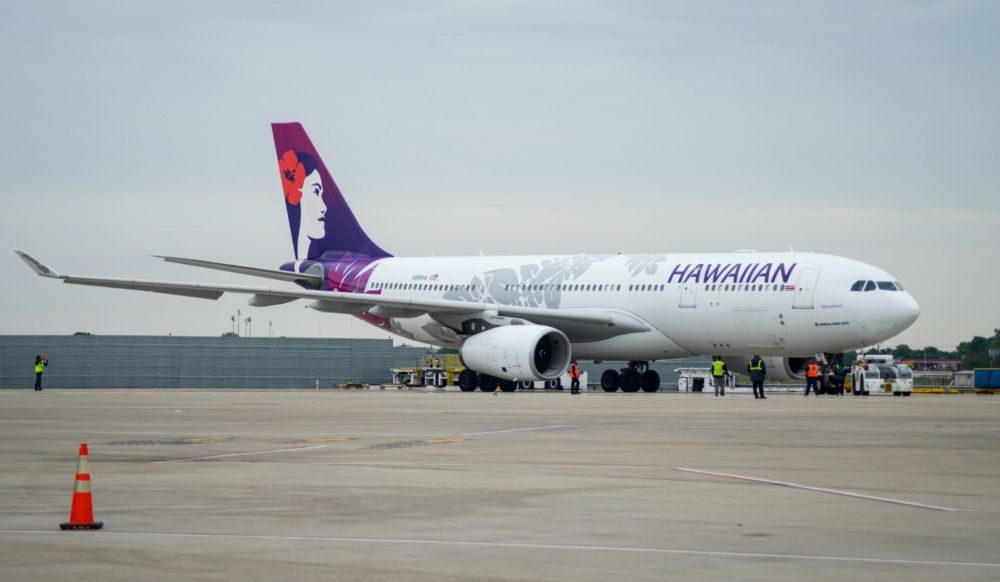Hawaiian Airlines has centered its network around connecting the United States, Asia, and the South Pacific to the Hawaiian islands. With the crisis taking a toll on international travel, Hawaiian added two new long-haul routes to the mainland United States: Austin and Orlando. Both are interesting and mark the only destinations in their respective states that Hawaiian flies to. Simple Flying spoke with Brent Overbeek, Senior Vice President of Revenue Management and Network Planning at Hawaiian, to learn more about why these routes made sense for the airline.
Hawaiian launches flights to Austin and Orlando
In December 2020, Hawaiian Airlines announced it would start nonstop service from its hub at Daniel K. Inouye International Airport (HNL) in Honolulu to Orlando International Airport (MCO) and Austin-Bergstrom International Airport (AUS). Both cities initially launched with twice-weekly Airbus A330-200 service. However, Hawaiian since grew its schedules as a result of strong demand.
Both flights launched in spring 2021, as the industry's recovery in the US took a sharp turn for the better. Following a successful vaccine rollout, increased consumer confidence, and the ongoing reopening of Hawaii helped the airline find success in its two new long-haul routes. As early as May, CEO Peter Ingram indicated that Hawaiian's new routes were performing well, and the expansion in frequencies on both routes similarly highlights the ongoing confidence.
What is interesting to consider is that Hawaiian Airlines entered both markets as a new carrier. It previously had no flights to nearby metro areas, nor did it serve Texas (where Austin is located) or Florida (where Orlando is located). Similarly, there were larger metropolitan areas in both states that Hawaiian did not serve and still does not serve (like Dallas, Houston, and Miami).
Why the markets made sense
Mr. Overbeek discussed why these two cities made sense in an interview with Simple Flying:
"I think both Austin and Orlando kind of fit into looking at things at a more regional level. So you know, kind of Central Florida as a region, Central Texas, as a region. And as you started to bring in a little traffic that we could suck up in Tampa or a little traffic maybe typically in the likes of San Antonio, the market size is starting to get a little more intriguing to us in terms of being able to make it work."
It is interesting to see Hawaiian's approach with these markets. Most mainland US carriers would separate Austin from San Antonio and Orlando from Tampa. However, the driving distance between the two cities in both examples is relatively short in the grand scheme of things.
It is important to recognize that a market like Austin is an origination one for Hawaiian Airlines. The goal of the route is, primarily, to get people from Austin to Hawaii. While there is some demand and traffic Hawaiian is carrying to Austin, those travelers are not filling the most seats on that flight. Orlando is a different story, as Mr. Overbeek continued to explain:
"Orlando is actually, in terms of point of sale mix, the second highest Hawaii point of sale of any North America market. Unsurprisingly, Las Vegas is number one. We love the ninth island here in Hawaii, and so that is pretty balanced from a point of sale perspective, but Orlando is number two. So as we were looking at the opportunity, you know, always a bit more of a challenge for us being a smaller brand as we go and enter new markets where we don't have that brand recognition and certainly on the West Coast, we've got that. The nice thing about Orlando is for 40 to 50% of the traffic, they already know Hawaiian Airlines, they know what we stand for, they know the brand, and we don't have to introduce ourselves to them."
Las Vegas is colloquially referred to as "Hawaii's ninth island," given strong demand to the destination from the Hawaii-originating traveler. Hawaiian already has hefty schedules there.
What is interesting to consider is that Orlando fits into a mold of traffic that is more geared toward the Hawaii-originating traveler. While Hawaiian can certainly capture demand from Orlando and Tampa and some smaller nearby communities for flights to Honolulu, that market is already quite full with known legacy airlines that have built up a reputation for getting people from Florida to Hawaii.
Hawaiian Airlines did not have a great way to get people from Honolulu to Orlando. It was undoubtedly spilling over some demand to other airlines that offered one-stop service between a point like Honolulu and Orlando. Now, with its new nonstop service, Hawaiian is actually able to offer a much better itinerary to travelers and retain its local position.
Stay informed: Sign up for our daily and weekly aviation news digests.
Key takeaways about Hawaiian's network planning
Network planning departments come in all different shapes and sizes. With it comes a large array of different strategies and perspectives on what markets look like, what markets airlines need to serve, and the different risks an airline is willing to take.
Every route carries with it some financial risk. Airlines traditionally build in ways to mitigate that risk. This includes everything from creating partnerships with local business or leisure operators to guarantee a certain stream of revenue for services to subsidies from local political entities to using a less expensive or more opportunistic aircraft to operate a new service, thereby lowering the financial bar an airline needs to meet to make services work.
A key insight is that Hawaiian thinks, and has successfully shown, that its market areas are bigger than what they might be for other airlines. Considering the power of a nonstop, some travelers may be willing to drive from Tampa to Orlando or San Antonio to Austin to catch the flight instead of making a connection anywhere that can add time and friction to the travel journey.
This bodes well for other large or growing communities in the US eyeing service from Hawaiian that can market access to a larger market than what may appear to be so on a map or through available air passenger data. The question now will be what markets come next for Hawaiian's growth.

